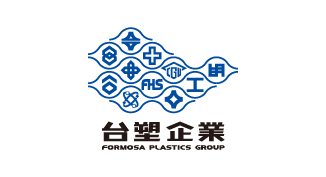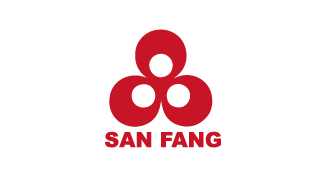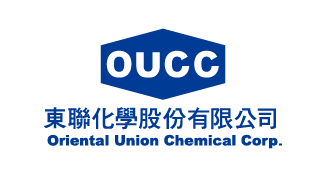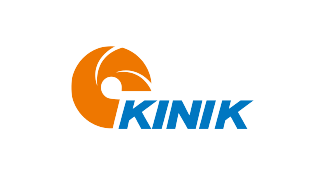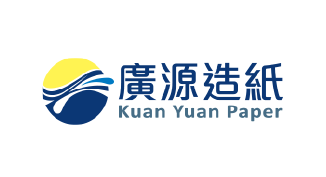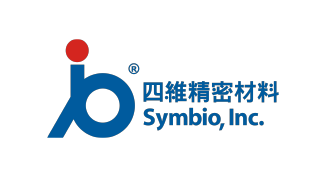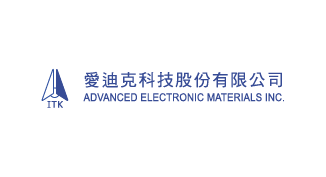AI Case Studies
Chemistry
Profet AI helps chemical companies accelerate chemical formula development and improve continuous processes through model analysis, prediction, and simulation.
Application Scenarios
Formula Optimization, Production Forecasting, Market Forecasting
Status Quo
The chemical industry is closely linked to Taiwan’s economy, with its raw material supply being extensive and necessary for both consumer industries and high-tech sectors. According to the Ministry of Economic Affairs, the output value of the chemical industry surpassed NT$5 trillion in 2022, ranking third in Taiwan’s manufacturing sector. The petrochemical, plastic, and rubber industries are crucial components, with their industrial chains covering upstream, midstream, and downstream processes from crude oil refining to plastic production, rubber mixing, and synthetic fiber synthesis for essential consumer goods.
Challenges
However, modern chemical production faces multiple challenges, including difficulties in formulation analysis, extended time required for troubleshooting quality issues in process improvement, and the impact of operational conditions on yield. Additionally, fluctuations in raw material prices and inventory management present significant challenges, adding complexity and cost uncertainty to production.
Accelerating Chemical Formulation Development
The difficulty in formulation development lies in the analysis of experimental data and the search for the optimal formula, posing challenges in terms of research and development costs and efficiency.
Pain Points Analysis:
- High analysis difficulty: The variety of raw materials is complex, experimental data is limited, and the properties of mixtures change non-linearly while needing to meet multiple characteristic requirements.
- High experimental costs: Certain specific experiments or product inspections require significant time and money, affecting the speed of new product development.
- Reliance on personnel experience: The design of formulations relies on the experience of senior engineers, but this experience is difficult to effectively pass on to new employees.
Outcome Benefits:
- Utilizing data simulation can save 30-50% of R&D time.
- Optimizing formulation combinations can reduce the number of experimental designs by more than 50%.
Batch Production Yield Prediction
The diversity of incoming materials, operations, and monitoring leads to complex production data, making it difficult for traditional statistics to effectively gain insights into key quality factors.
Pain Points Analysis:
- Inability for online inspection: The product in the reaction tank cannot be directly measured, and it often takes several hours or even days to know the production results.
- Difficulty in judging yield: Yield is often judged based on the experience of engineers, and even with data collected by DCS, analysis is challenging.
- Poor yield issues: Inaccurate parameter adjustments may lead to poor yields or products that do not meet specifications, resulting in wasted capacity and extra inventory.
Outcome Benefits:
- Analyzing key factors affecting individual quality can increase plant capacity by 7.6%.
- Predicting production results and making precise parameter adjustments can improve yield by 10.5%.
Predicting Trends in Plastic Raw Material Prices
Fluctuations in plastic raw material prices directly affect production costs, bringing risks and uncertainty.
Pain Points Analysis:
- Data analysis difficulty: While upstream material and bulk prices are available for reference, effective analysis methods are lacking.
- Information asymmetry: Procurement personnel are informed of raw material price changes through suppliers, making it difficult to adjust procurement strategies promptly.
- Impact on procurement schedules: Price fluctuations may affect procurement schedules, impacting production scheduling and product delivery times.
Outcome Benefits:
- Predicting raw material price trends through models successfully reduces procurement costs by 5.2%.
- Ensuring a stable procurement plan improves product delivery stability by 8%.
